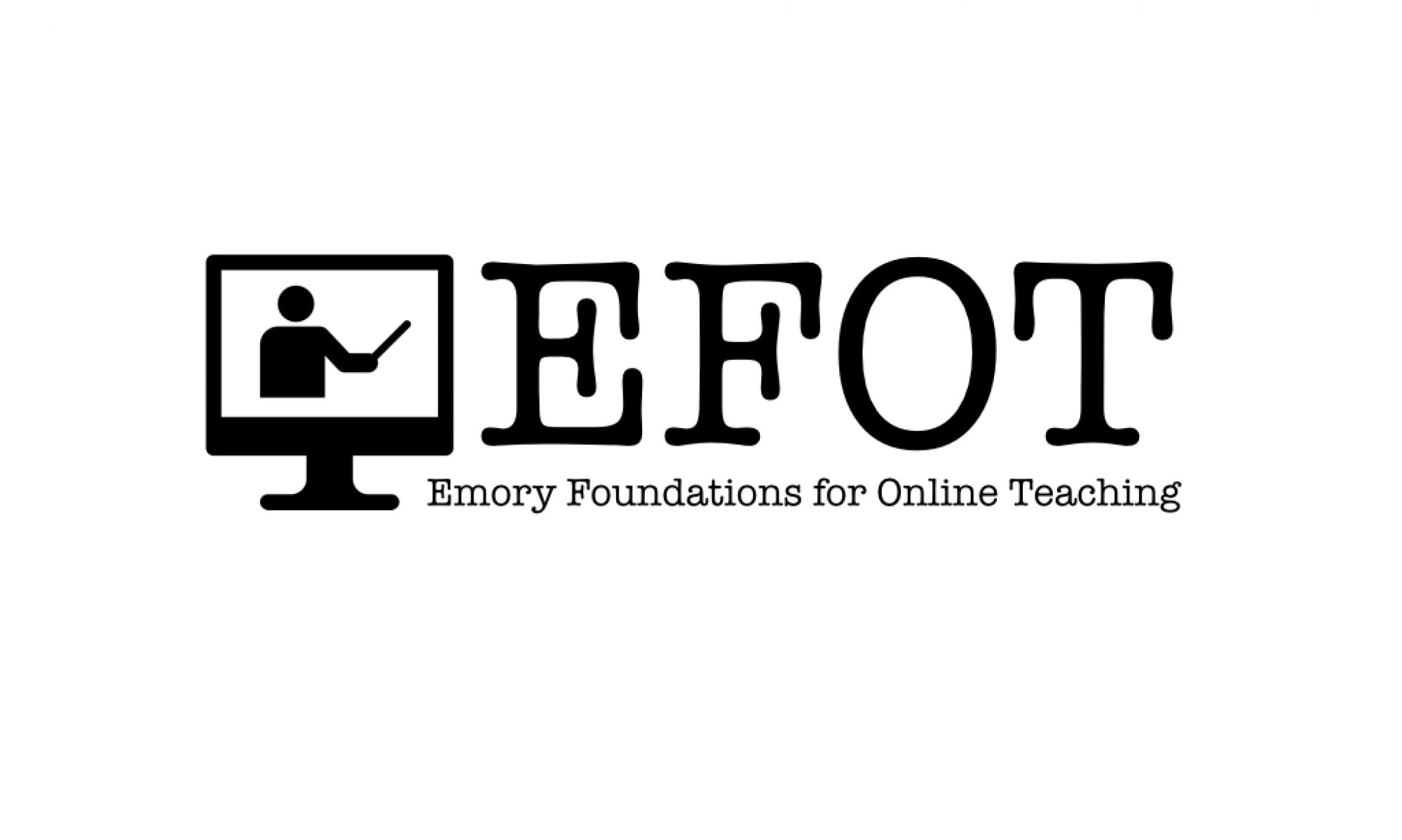I hope I am understanding this content. So, here’s my attempt using the EMPH Program Planning Capstone course I taught in the Fall.
In many ways, the completion of the Capstone represents cognitive presence – I think! Students needed to apply what they had learned in previous classes to the creation of a plan. Weekly discussions challenged students to select a health problem of interest, review the intervention literature on that problem, and apply their learnings to the design an intervention program using a process called Intervention Mapping. A case study was provided as a model, in addition to examples of key documents, such as a logic model. Class structure used a combination of weekly discussions/ assignments in which students helped each other with the task (such as creating a logic model or devising a budget), peer review, and instructor feedback.
For teaching presence, I tried to set up the course so that the structure and weekly discussions helped balance instructor feedback with student to student learning. The course requires a 25-page Capstone program plan to be completed by the end of the course. The weekly discussion questions were designed to build components of the plan and each module represented one of the Capstone’s four parts. If I am understanding this concept, I provided the exercise and structure and feedback at appropriate times to complete the final plan.
For social presence, this was a challenge for me with my online class as the EMPH students are a cohort going through the program together. As a result, they already know and support each other, and are a very cohesive group. Since we meet in person at the beginning (and end) of the semester, I created an introduction exercise in which they write down a unique tidbit about themselves on a card. (Examples include: I once shut down the French Embassy (shattered glass gift was mistakenly thought to be an explosive) or I met five first ladies (dad was in the secret service). I collect them and then read them out load and the students have to guess who belongs to what bidbit. I also put in my unique description. (I have won ribbons in the annual Xmas dog parade – see my intro!) It really worked well, as many of them didn’t know the tidbits about each other, and they also got to know me.
If I’m understanding this element correctly, it’s not just the comfort of interacting and speaking up, but the personal side as well. The dog theme continues throughout the semester, as many of the student were dog or animal lovers and shared the fur kid pictures.
